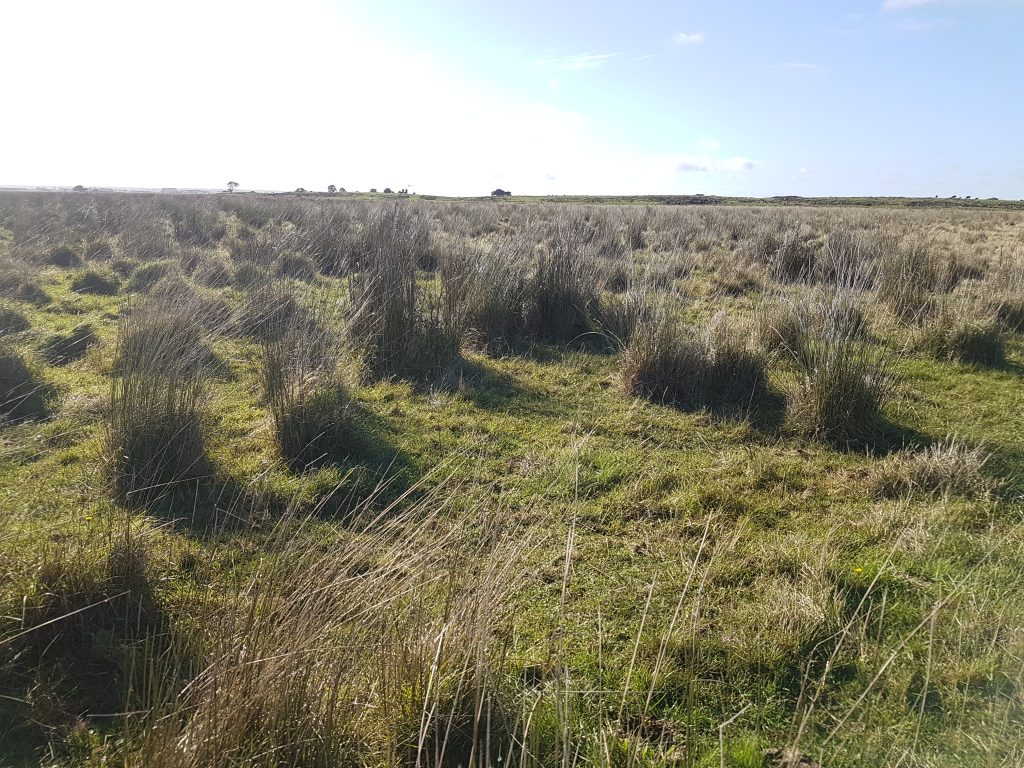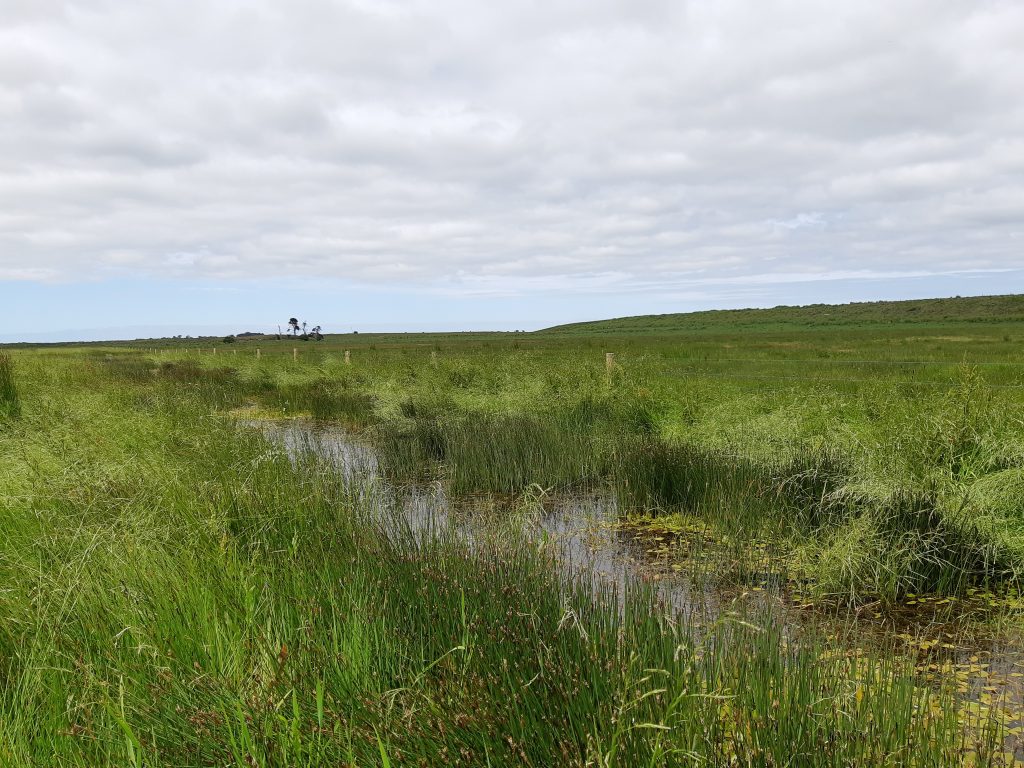A hidden gem of the Victorian Volcanic Plains
The Volcanic Plains of Victoria are synonymous with some of Australia’s most productive agricultural landscapes and many of the plants and animals which once defined this area are now rare and threatened. Much of it lies behind farm gates and for the most part is not readily accessible. So it is always a joy to have the opportunity to look around and see first-hand some of the hidden treasures that are still hanging on.
One place I have been fortunate enough to poke around in recent years is a grazing property near Tarrone, about half an hour north of Port Fairy. Alice Glare, who did an internship with us in 2018, grew up on this farm. She joined us for a brief stint after completing a degree in plant science with a view to honing her eye on ecological survey technique and becoming more familiar with the plants of this iconic landscape and her “backyard.” What has resulted is the uncovering of some truly hidden gems and another great example of how productive agriculture can and does co-exist with biodiversity conservation.
As part of the Glenelg Hopkins CMA’s Bittern Recovery project, through funding from the Australian Government’s National Landcare Program, the Glare family has recently fenced out an area of their farm which has vegetation and seasonal inundation compatible with the requirements of Australasian bittern, i.e. tall sedges (Carex) and rushes (Juncus) with seasonal, ankle to knee deep water. After another wet spring, this area is now looking vastly different to the first time I visited, last year.
Aside from checking out how the “bittern site” was looking, Alice’s parents Jeff and Jane also showed us a few other treasures they have across the property. Amongst the lightly grazed and recently fenced off watercourses and wetlands there is a real window into the past. Basalt leek orchids (Prasophyllum viretum), swamp everlasting (Xerochrysum palustre), billybuttons (Craspedia variabillis), an unfamiliar species of Cardamine (Cardamine tenuifolia) and prickfoot (Eryngeum visiculosum) are just some of the species that are defying the odds and occurring in rare abundance. Wetland plants are, after all, the Aussie battlers of the plant kingdom and, given a fighting chance, will tolerate and/or respond to natural environmental rigours. You just have to be there at the right time, in the right year and be with someone who knows their way around. There are regular sightings of brolgas, daily patrols of swamp harriers and the very occasional call of a growling grass frog to further augment this farm’s wetland theme. Hopefully there will also be the odd bittern showing up in the not too distant future too. It’s a real privilege to visit a site like this and for me it’s a constant reminder of the environmental custodianship that occurs on farms, and the deep yet often overlooked level of knowledge that people who grow up and live on the land hold on to.
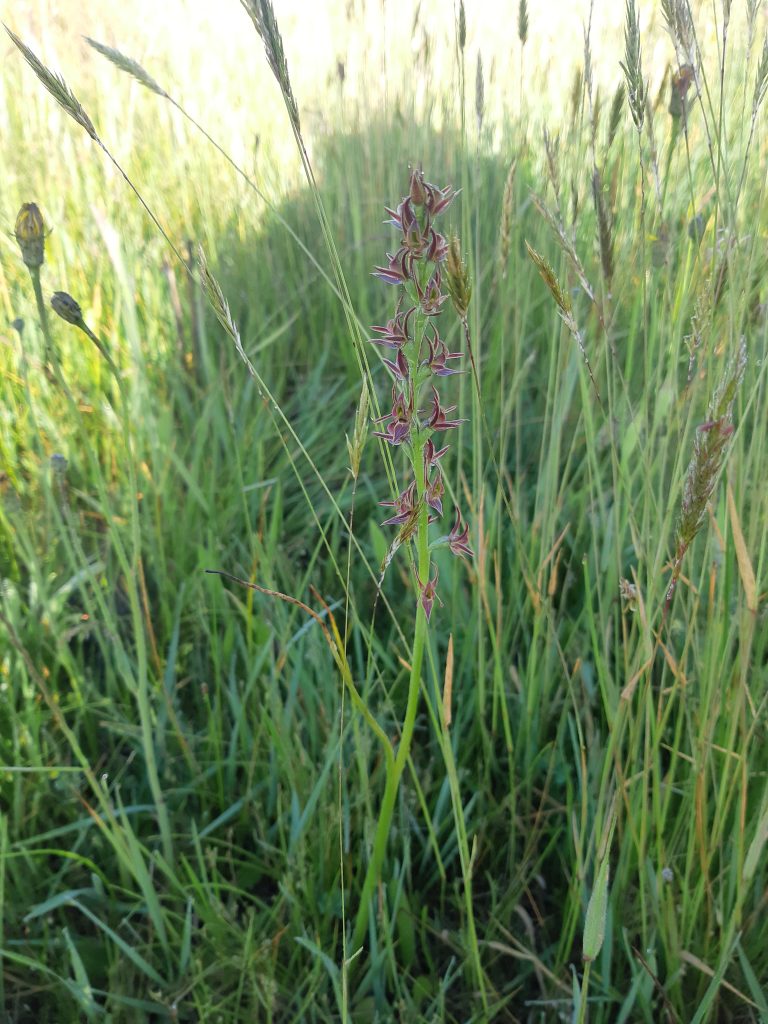
Basalt leek orchid 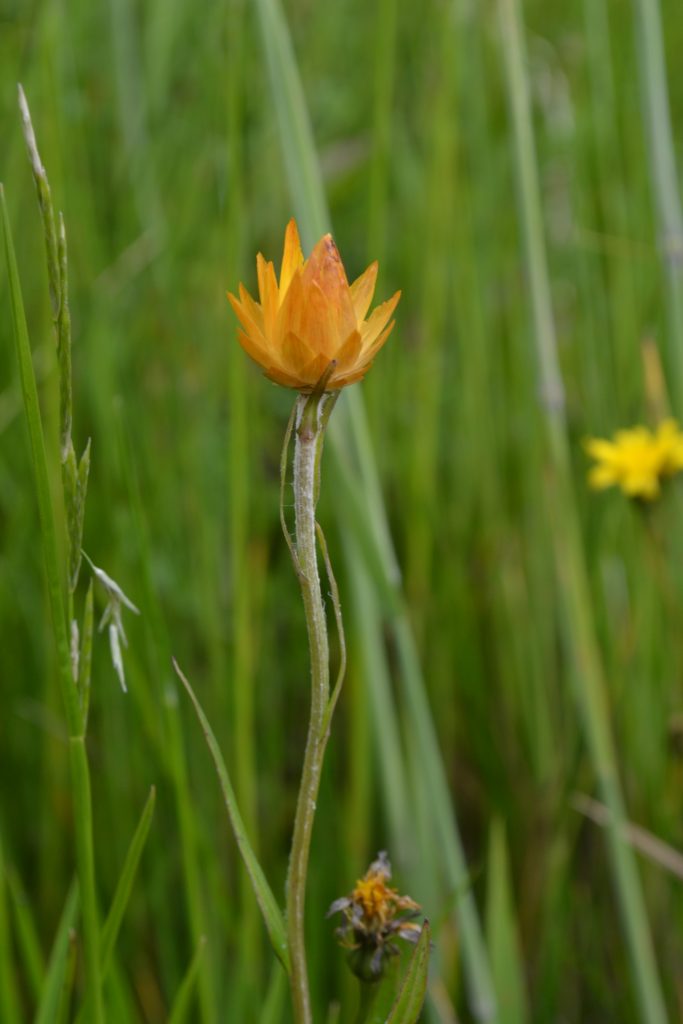
Swamp everlasting 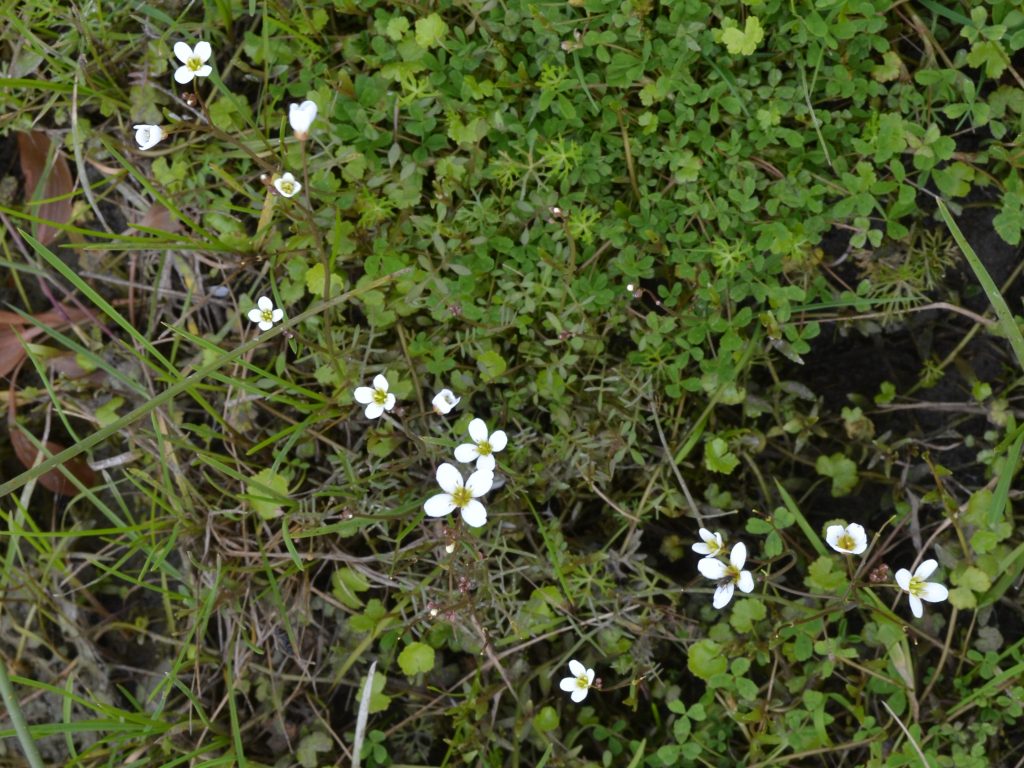
Cardamine tenuifolia 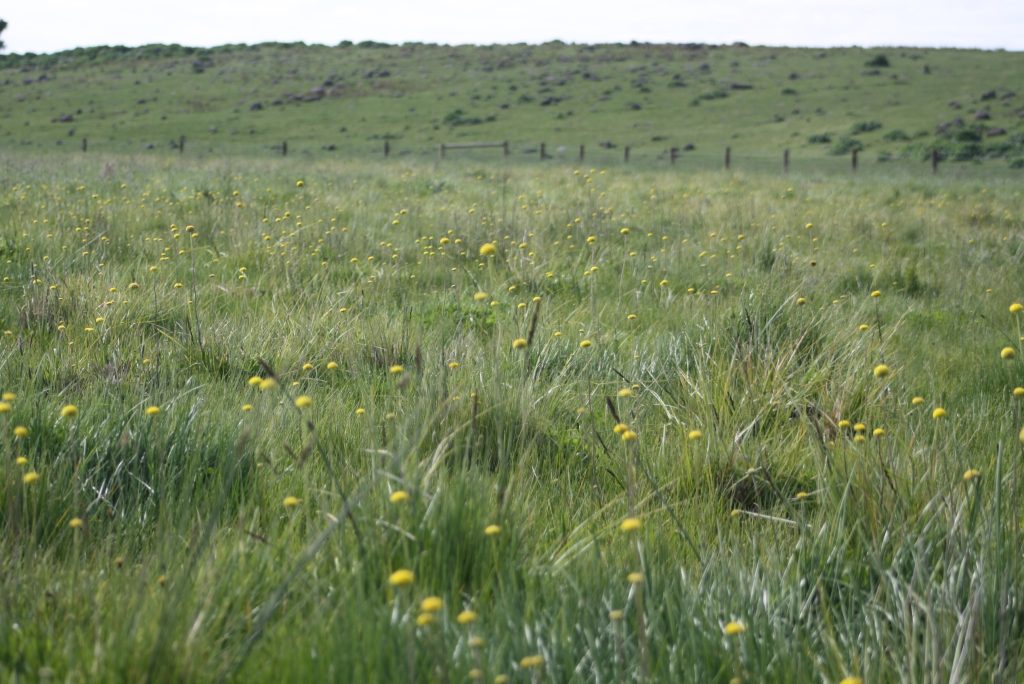
Billy buttons
While agricultural development has been implicated in the demise of much of the flora and fauna of the Victorian Volcanic Plains, it is farmers who are at the forefront of protecting what is left. After all, there is only a tiny proportion left of these once widespread ecosystems. They can be unpredictable in terms of when they emerge and therefore likely to be missed by temporally constrained biodiversity assessments. You really need local knowledge to truly appreciate what is still actually out there. Funding programs like those delivered by the Glenelg Hopkins CMA are a great part of the toolkit but as new industries establish and spread their footprint across this wider landscape, the voices of these farmers need to be more earnestly sought out and their environmental knowledge respected, facilitated and incorporated into current and future planning. Hopefully this site continues to defy the odds!

